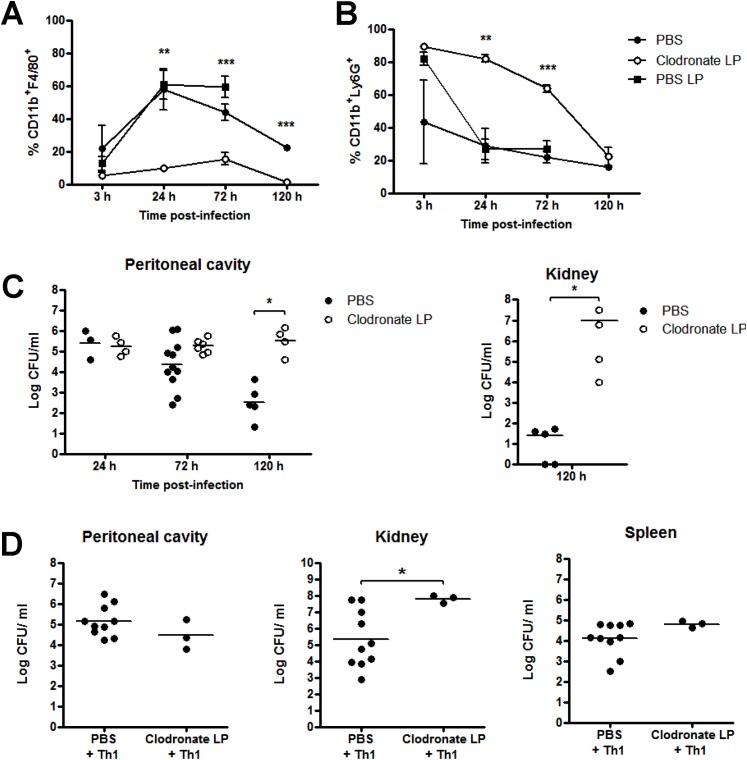Fig 3. Macrophages are critically important in protection against S. aureus infection.
Groups of mice were administered 200 μl clodronate liposomes (LP), PBS LP or PBS i.p. at 0 h and 72 h. 24 h after initial clodronate treatment, all mice were challenged with S. aureus (5x108 CFU) via i.p. injection. At the indicated time-points post-bacterial challenge, the peritoneal cavity was lavaged with PBS and the frequency of macrophages (CD11b+F4/80+Ly6G-) (A) and neutrophils (CD11b+F4/80-Ly6G+) (B) were assessed by flow cytometry. Results expressed as mean ± SEM. Bacterial burden in the peritoneal cavity and kidneys was also assessed at the indicated time points post-bacterial challenge (C). Results expressed as log10 CFU/ml with mean indicated by bars. Data pooled from 3 independent experiments. n = 4–11 mice per group. Further groups of mice were administered 200 μl clodronate LP or PBS i.p., and 24 h later, both groups received S. aureus-specific Th1 cells (5x106) i.p., originating from the peritoneal cavity of previously exposed mice. 3 h post-Th1 transfer, all mice were challenged with S. aureus (5x108 CFU) via i.p. injection. At 72 h post-challenge, bacterial burden in the peritoneal cavity, kidneys and spleen was assessed (D). Results expressed as log10 CFU/ml with mean indicated by bars. Data pooled from 2 independent experiments, n = 3–10 mice per group. *p<0.05, **p<0.005, ***p<0.001.

